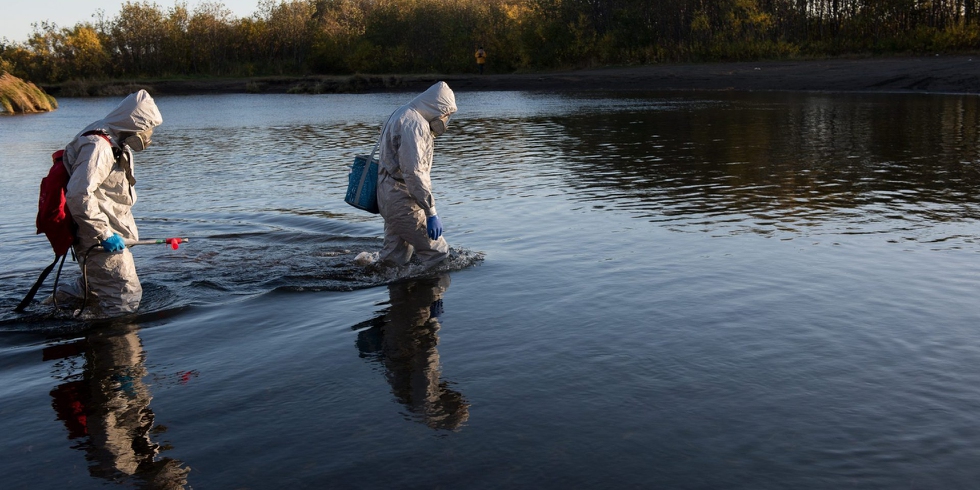
13 October 2020, by Luigi Mastrodonato
Toxic substances in Kamchatka’s waters have killed 95% of marine fauna and caused health problems for surfers. The causes, however, are still unknown.
Over the past few weeks, the sea surrounding the Kamchatka peninsula in Russia‘s far east has been coated in a yellowish foam. Beaches are littered with dead animals and several surfers have fallen ill. The causes of this ongoing environmental disaster are still unknown. Some speak of natural causes, some blame a pesticide waste plant and others say it could be related to Russian missiles from nearby military facilities.
95 per cent of marine animals have died
The peninsula, Khalaktyrsky beach in particular, is a small paradise for surfers. In recent years, some of the best in the world have hit the waves along these shores. Around mid-September local surfers started noticing that something wasn’t right. “Usually we feel good after a day of surfing, but that time our eyes were burning,” a surfer told the BBC. “It was difficult to simply look a few feet ahead”.
https://youtu.be/SCyXz5NsXFs
As the days went by, the situation became more severe. Surfers started reporting vomiting, fever, coughing, and problems with their eyes and skin. Some developed lesions on their corneas and eleven people were hospitalised. The bodies of dead marine wildlife started piling up the beaches and seafloor: seals, octopuses, sea urchins, crabs and fish. “95 percent are dead,” Ivan Usatov of the Kronotsky Nature Reserve said during a meeting with other scientists and Kamchatka governor Vladimir Solodov. “Some large fish, shrimps and crabs have survived, but in very small numbers”. However, even these animals are at risk as they’ll likely be poisoned by eating the carcasses of infected ones.
For several weeks now the water, much murkier than usual, has been covered in a yellowish foam and emitting a rancid smell. According to Greenpeace, seawater analyses detected an excess of oil products four times above acceptable limits and phenol (2.5 times higher). The polluted area extends for approximately 40 kilometres.
The search for answers in Kamchatka
Kamchatka’s government has launched an investigation and a team of researchers has started collecting and analysing samples of seawater as well as from local rivers. The sand will also be examined, and some of the dead animals will be studied to try to understand what substances caused this disaster. Meanwhile, drones have been deployed throughout the region to try to find the source of pollution.
Russia’s Environment Minister Dmitrij Kobylkine claims that the ongoing disaster is due to natural causes. “After the storms, there was an increase in microorganism toxicity in the region, causing changes to oxygen levels,” he declared. This version has been refuted by other organisations who instead view human activity as the cause.
https://youtu.be/WqcaFJivILQ
The regional Environment Minister Aleksej Kumarkov stated that the pollution could be the consequence of a leak of oil products from a passing commercial tanker. Other experts suggest the toxic waste facility in Kozelsk could have played a role in the tragedy. Approximately 108 tonnes of pesticides are stored at the plant located not far from the affected areas. A few weeks ago, news emerged of damage to some of the facility’s protective structures.
Biologist Vladimir Burkanov believes this storage plant could have contributed to the ecological disaster, but he also points the finger at the Radygino military base. Located ten kilometres away from the affected beaches, its old deposits of ultra-toxic missile fuel could have been damaged, leading to a discharge of materials.
Translated by Patrick Bracelli



